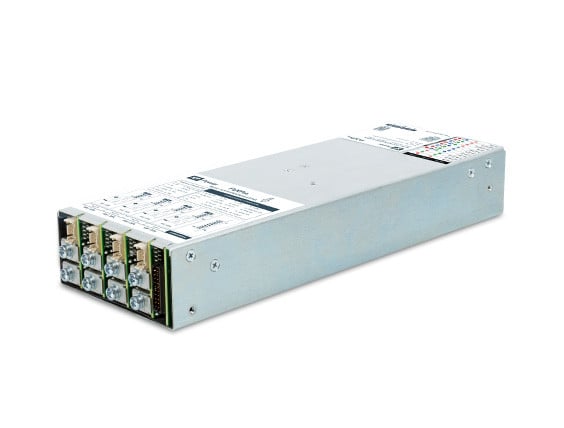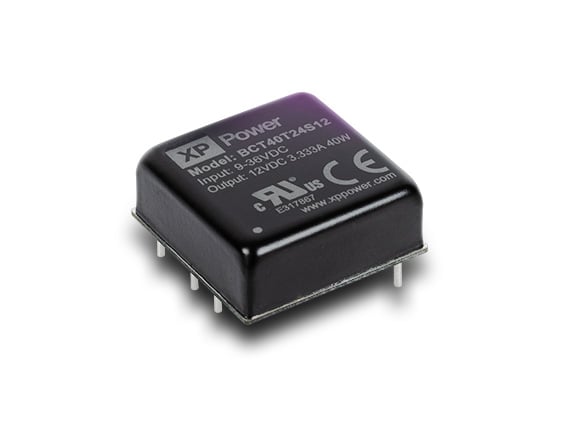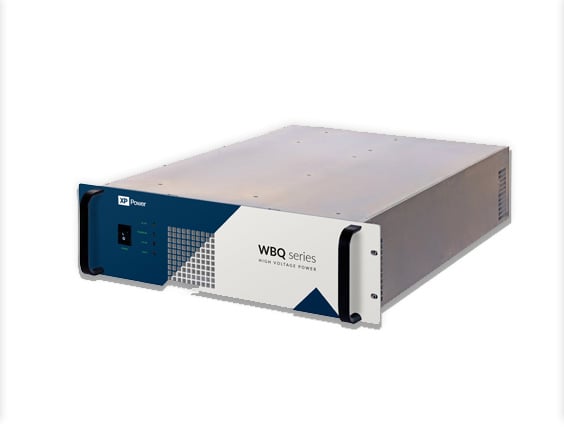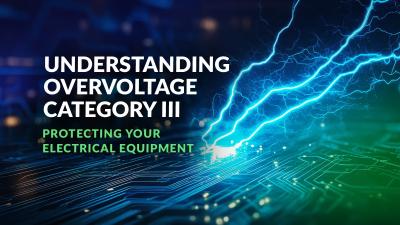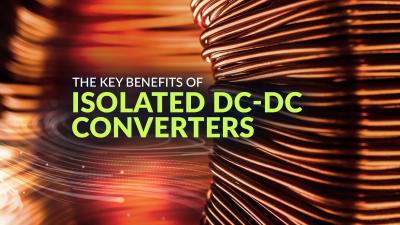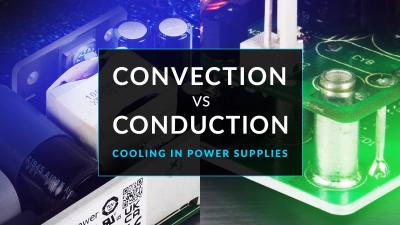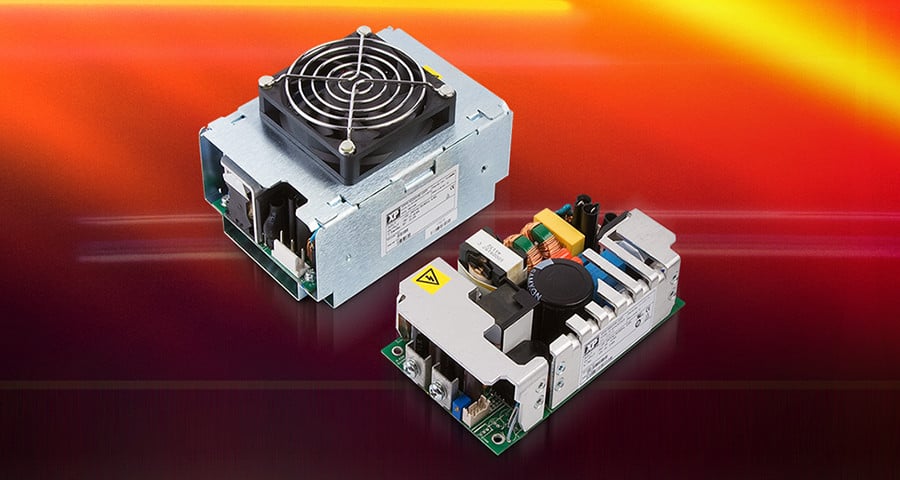
Rail applications demand that equipment is able to withstand the harsh climatic, mechanical, and electrical environments encountered on traction vehicles and rolling stock. Electronic equipment, from lighting through passenger information and entertainment, to control, safety & engine management systems require DC-DC power conversion and must perform safely and reliably.
Within Europe, many countries historically developed their own national rail standards such as the BRB/RIA standards commonly used in the UK and the NF F 01-510 for applications in France. With the privatization of national rail companies, and the general move to harmonization of national standards within the European Union, two standards for electronic equipment (EN50155 & EN50121) have largely replaced the older national standards, though the older national standards are still occasionally required and cannot be entirely dismissed.
EN50155: 2007
The most frequently cited design specification is the European Norm EN50155 “Electronic Equipment used on Rolling Stock”. The key elements when considering the selection of DC/DC converters and power sub-assemblies are:
Power Supply
Variation
Interruptions
Surges, electrostatic discharge (ESD) and transient burst
Electromagnetic compatibility (EMC)
Environmental Service Conditions
Ambient temperature
Relative humidity
Shock and Vibration
Power Supply
Electronic systems & apparatus used within the railway environment experience a wide variation in input supply with brownout operation, transients and spikes. They also typically require continuous operation through supply interruptions up to 10 ms that must be catered for in the equipment design. The UK national standard BRB/RIA12 “General Specification for Protection of Traction and Rolling Stock from Transients and Surges in DC Control Systems” requires a specific surge withstand of 3.5x nominal voltage for 20 ms that typically results in an additional active clamp filter to be fitted to protect downstream DC/DC converters.
The table below details, for each of the nominal input voltages used within the industry, the input ranges, brownouts and transients that must be met to comply with EN50155 and compares this with the national BRB/RIA12 & NF F 05-510 standards.
Surges, ESD, transient burst & EMC are referenced to the EN50121-3-2:2006 “Electromagnetic compatibility – Rolling stock – Apparatus” standard.
EN50121
EN50121 is a set of standards that specify the limits for electromagnetic emissions of the railways to the outside world, and the electromagnetic emission and immunity for equipment working within the railways. EN50121-3-2:2006 defines the electromagnetic compatibility requirements for rolling stock apparatus. The older national standards have differing requirements from those defined in EN50121 above, which need to be considered separately where these standards are required.
A summary of the conducted emissions & conducted immunity levels are given in the tables below:
Performance Criteria Definitions
Criteria A: The apparatus shall continue to operate normally during and after the test, no degradation
of performance.
Criteria B: Indicates that normal operation will resume after the test and that their may be a loss of
performance during the test.
DC/DC converters and sub assemblies are normally considered as a component while the standards apply to the finished product intended for installation on the rolling stock. Products designed for rail applications are independently evaluated against these requirements though emissions, susceptibility and ESD must be re-evaluated on the final equipment
Environmental
Four grades of operating temperature are specified within EN50155, which are further divided in to internal cubicle temperature, cubicle over temperature & ambient PCB temperature as shown in the table below.
Relative Humidity
Electrical equipment shall be designed for the relative humidity stress limits over the external enclosure temperature ranges defined above as follows:
Yearly average with ≤ 75% relative humidity
30 days per year consecutively with a 95% relative humidity
sed on or close to rolling stock will be subject to a constant vibration of varying frequency and magnitude. DC/DC converters and subassemblies are typically robust in their construction but their mounting in the end apparatus needs careful consideration, as they are likely to be among the heavier components.
Mechanical
Equipment uEN50155, and the older national standards, specify the levels electrical equipment must comply with depending on its location within the vehicle. EN50155 references EN61371:2010 to define the severity of the tests. There are 3 categories within EN61371 as follows.
Category 1: Body Mounted
Class A: Cubicles, sub assemblies, equipment and components mouted directly on or under the car body.
Class B: Anything mounted inside an equipment case which is in turn mounted directly on or under the car body.
Category 2: Bogie Mounted
Category 3: Axle Mounted
Test levels become more severe from category 1 to category 3 for both shock and vibration.
Powers suppies for the railway
